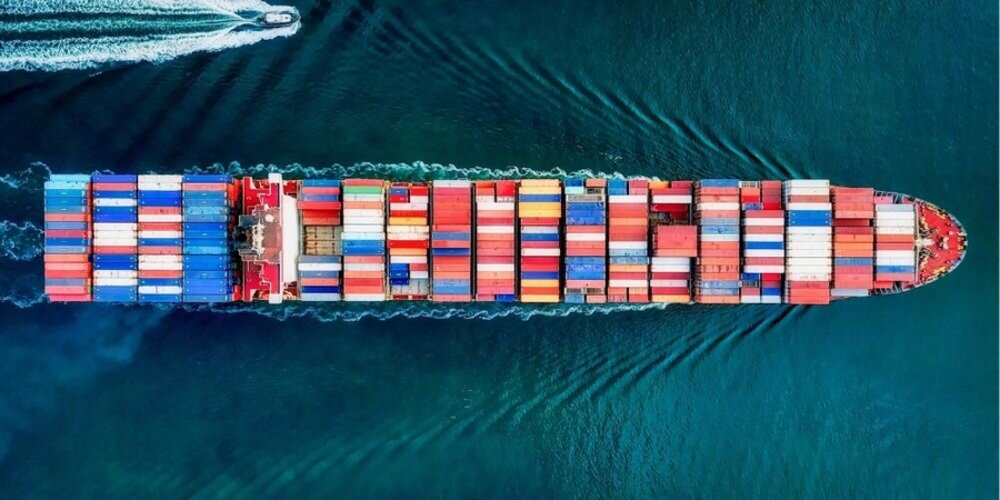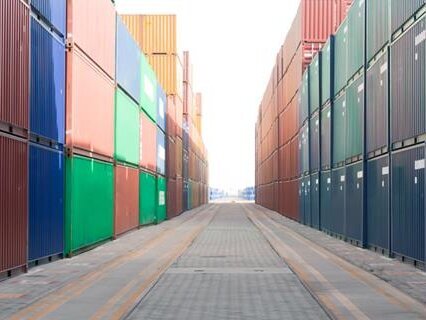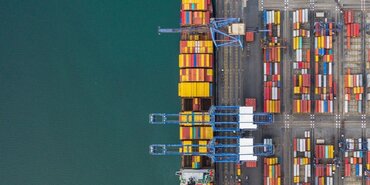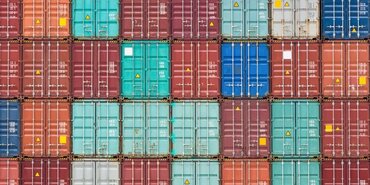TT Talk - IMO container inspections leave room for improvement

Seven countries that are members of the International Maritime Organization (IMO) submitted data on 77,688 container inspections in 2024 in line with MSC.1/ Circ.1649. The intent of this IMO Circular is to encourage governments to identify misdeclarations and poor packing practices to “justify and effect safety improvements without an actual incident happening”. Since adoption of this iteration of guidance on inspections from IMO, reports have increased by more than 50% from approximately 51,000 in 2022 to 77,700 in 2024. Less positively, the number of IMO member states reporting has not increased.
While the sample size of inspected containers is still negligible, the World Shipping Council’s consolidated report of the inspections submitted to IMO in July 2025 shows an alarming 11.39% were found to have deficiencies, slightly up on the previous year. Given the countries involved – Canada, Chile, Finland, Germany, Republic of Korea, Netherlands and USA – are all well-regulated and most inspections were on export consignments, the risk of deficiencies in container packing globally is likely to be far higher. As such everyone in the transport and logistics sector needs to recognise the potential safety implications.
Value of inspections
Every day, hundreds of thousands of containers are packed and secured, moved around the globe by all modes of transport, being lifted by container cranes and handled by terminal operators between modes.. Behind this apparent seamless movement lies a complex web of safety checks, regulatory compliance and risk management.
Inspections can provide a crucial line of defence in cargo handling and movement. They can be implemented as part of an acceptance process for carriers to ensure that particular cargoes are properly packed, secured and documented before being loaded or moved.
In the IMO inspection programme context, member states are encouraged to carry out inspections at any point within their jurisdiction. Such inspections – and follow through enforcement actions – are crucial to improve compliance and underpin robust cargo packing practices.
Deficiencies such as misdeclared dangerous goods, poor securing or damaged packaging can lead to fires or cargo leaks and may contribute to containers being lost at sea. For landside operations, whether within ports and terminals or at any point containers are being moved through the supply chain, these risks translate into potential incidents, resulting in infrastructure damage and operational delays.
Inspection trends
The 2024 IMO inspection data show a slight increase in deficiencies from 2023 (11.39% vs. 11.00%), continuing a concerning trend. There was also a wide variation in deficiency rates between countries, ranging from less than 2% in Chile to 55% in the Netherlands, which may reflect differences in selection processes, inspection focus, cargo types or enforcement, as much as levels of competence and compliance.
Almost 50% of containers with deficiencies related to regulatory breaches in placarding. Notably, Republic of Korea found 91% of the units it inspected were at fault in this respect, with 66% in the USA and 61% in Chile.
Poor stowage and securing within units accounted for 47% of deficiencies, with Canada reporting 74% errors and the USA finding 37%.
It is disturbing too that documentary deficiencies are worsening, now exceeding 10% overall, not least since this is likely to be a key element of the risk-based selection process. The Netherlands reported deficiencies in documentation in 44% of inspections and Germany 18%.
Implications for industry
Transport and logistics operators are directly affected by inspection outcomes. For example, high deficiency rates can lead to operational delays, as containers flagged for deficiencies may require repacking, relabelling or more inspections, slowing down cargo flows. Moreover, even from the small sample reported, the threat of incidents arising is persistent and exacerbated by the ‘adjacency risk’ inherent in container handling, whether stowed on board a ship or within a terminal yard.
TT has regularly highlighted that incorrectly placarded containers sabotage the key visual alert to everyone in the supply chain and particularly emergency responders of the nature of the contents. Safety is further compromised when the documentation mistakenly or criminally conceals the risks presented by the cargo, since handling and stowage decisions will depend on the available information. Furthermore, poorly packed or secured containers increase the risk of incidents during transport and handling operations. All such deficiencies may lead to incidents and significant casualties, such as fire, explosion and leakage - let alone the extra costs for handling, storage and administration while a lesser problem is corrected.
Proactive engagement with inspection programmes (governmental or operational) will enable operators to target training and refine operational procedures for safer, more efficient cargo handling and preparation.
Conclusion
The latest IMO container inspection statistics are a wake-up call for both regulators and the industry. By learning from inspection data, investing in training and processes, and working collaboratively, the risks can be reduced, preventing losses and ensure that every container journey is as safe as possible. The statistics, in part, demonstrate that the CTU Code, currently undergoing a revision process, is largely unknown and not adopted.
TT Club further commends the World Shipping Council’s valuable cargo safety initiative as a means to bring greater levels of control and transparency to cargo movement.
In addition, the Club urges more IMO member states to step up to carry out and report inspections, including prosecuting and reporting between competent authorities where safety is compromised.
Key takeaways
- 11.39% of inspected containers showed deficiencies in 2024, up from 11% in 2023
- Only seven IMO member states reported data, representing a negligible global sample
- Placarding violations affected nearly 50% of deficient containers, with Republic of Korea reporting 91% non-compliance
- Poor stowage and securing accounted for 47% of deficiencies, led by Canada at 74%
- Documentary deficiencies exceeded 10%, undermining risk-based selection processes
- Deficiency rates varied dramatically between countries, from 2% to 55%
- High deficiency rates cause operational delays, requiring repacking, relabelling and additional inspections
- The CTU Code remains largely unknown and unadopted across the industry
Frequently asked questions
What percentage of containers failed IMO inspections in 2024?
11.39% of the 77,688 containers inspected showed deficiencies, representing a slight increase from 2023. Given inspections focused on well-regulated export markets, global deficiency rates are likely considerably higher.
What are the most common container inspection deficiencies?
The three primary categories are placarding violations (50% of deficiencies), poor stowage and securing (47%), and documentary deficiencies (exceeding 10%). All pose significant safety risks including fires, explosions and leakages.
Which countries participate in IMO container inspection reporting?
Seven countries submitted 2024 data: Canada, Chile, Finland, Germany, Republic of Korea, Netherlands and USA. The limited participation means the sample size remains negligible compared to global container movements.
Documents
TT_Talk_-_Edition_327__Chinese_.pdf (423 kB) 22/10/2025
- Author
- Mike Yarwood and Peregrine Storrs-Fox
- Date
- 06/10/2025





